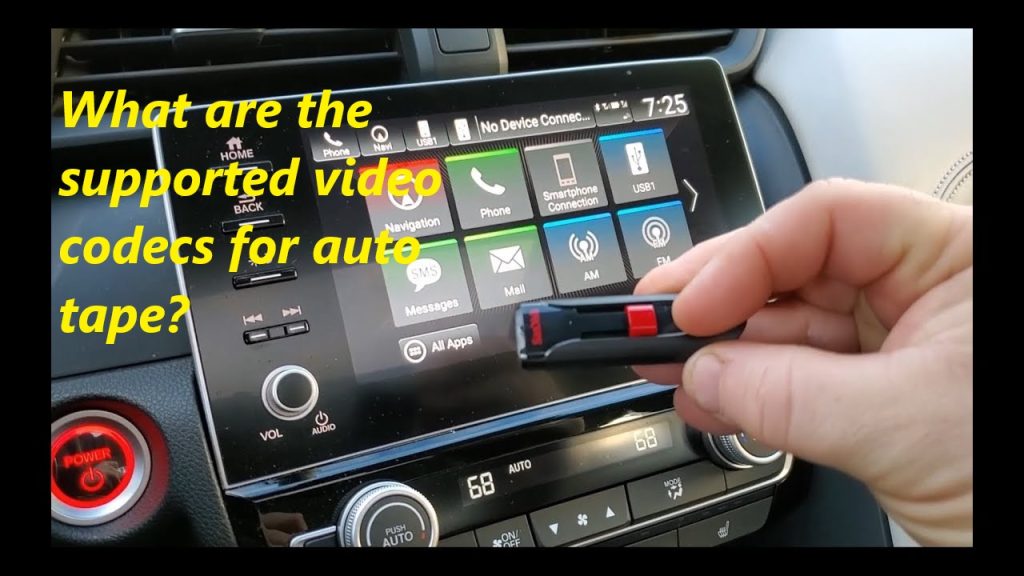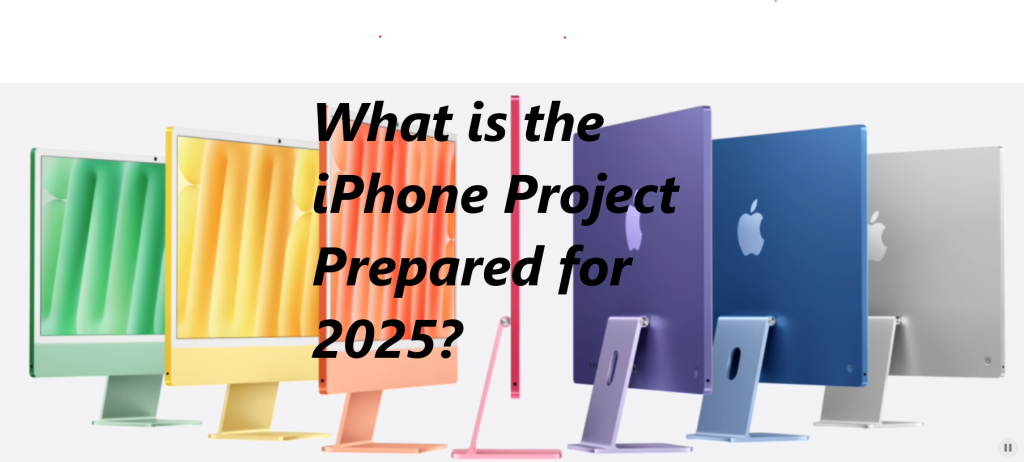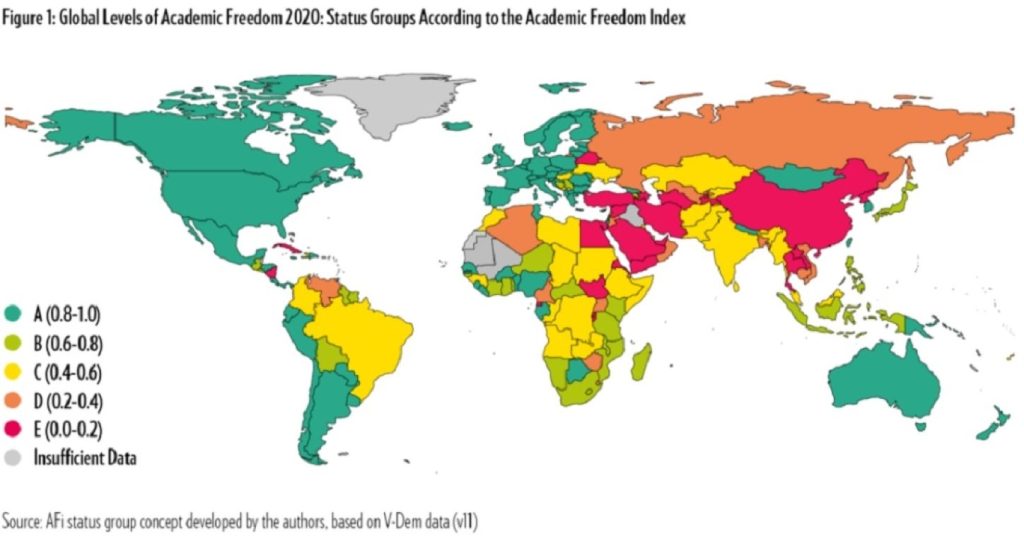As Tualget, we are not just a video downloader, we are in every field of technology

The Evolution of Tualget: Beyond a Video Downloader In an era where technology permeates every aspect of our daily lives, Tualget has managed to carve a distinctive niche that transcends its identity as merely a video downloader. The convergence of various technological advancements has allowed Tualget to embrace a holistic approach, integrating diverse functionalities that […]
Technology companies that lose millions of dollars

Tech Companies That Lose Millions: Epic Fails & Valuable Lessons The technology sector is thrilling, bringing new ideas to life every day. However, innovation also carries risk. Many companies that aim high end up falling short, costing them millions. These blunders are not just losses; they serve as crucial lessons for others. Understanding why tech […]
Privacy violation against Apple Siri stunned device users

Apple Siri Privacy Violation Stuns Users: What You Need to Know The recent revelation about Apple’s Siri has taken the tech world by storm. Users are shocked to learn that their privacy might have been compromised. This incident raises serious concerns for many who rely on Siri for daily tasks and queries. The Initial Reports […]
What are the supported video codecs for auto tape?

Supported Video Codecs for Auto Tape: A Comprehensive Guide Today, in-car entertainment systems are more popular than ever. According to recent statistics, nearly 80% of new cars come equipped with advanced infotainment systems. This makes understanding video codec compatibility vital for an enjoyable driving experience. Video codecs are essential for how video files are compressed […]
Will there be a software update for Tesla’s malfunctioning model?

Tesla Malfunctioning Model: Is a Software Update on the Horizon? The recent surge in reports about malfunctions in Tesla vehicles has sparked concern among drivers and enthusiasts alike. Many users have experienced software glitches that impact performance and safety. Given the significant role software updates play in fixing these issues, it raises an important question: […]
What is the iPhone Project Prepared for 2025?

What iPhone Project Will Apple Unleash in 2025? A Glimpse into Apple’s Future The excitement around Apple’s 2025 lineup is palpable. Every new iPhone release sparks curiosity about what Apple will unveil next. Fans, tech enthusiasts, and industry analysts eagerly await innovations that promise to enhance user experience. As we look ahead, understanding past trends […]
Ranking of the leading countries in education in the world

Leading Countries in Education: A Global Ranking & Analysis The Global Education Landscape Education shapes nations and their futures. Strong education systems drive economic growth, social equity, and innovation. The value of learning extends beyond schools; it fosters responsible citizens and enhances quality of life. The Importance of Education in National Development A robust education […]
Surprise Statement About Samsung Galaxy S25

Samsung Galaxy S25: Unexpected Features and Specs Leak The recent leak surrounding the Samsung Galaxy S25 has sent shockwaves through the Android community. With surprising features and specifications now surfacing, this revelation raises questions about the future direction of flagship smartphones. The Whispers Before the Storm: Pre-release Speculation Before the official announcement, rumors about the […]
Why does the quality of videos change on Social Media?

Why Does the Quality of Videos Change on Social Media? In the age of digital media, social media platforms have become a dominant means of communication and content sharing. However, users often notice that the quality of videos changes depending on various factors. This fluctuation in video quality can be attributed to several key elements, […]
Which quality should I choose when downloading videos?

Choosing the Right Video Quality: A Comprehensive Guide In today’s digital age, streaming and downloading videos are integral parts of our online experience. However, with various quality options available, selecting the right video quality can be a daunting task. This guide aims to help you make an informed decision by examining the factors that influence […]
The world needs codes that quantum computers can’t break

QUANTUM COMPUTERS, which use strange properties of the subatomic realm to calculate numbers in powerful new ways, aren’t really working yet. But once they get to work, they will be able to break the cryptographic algorithms that currently protect online communications, financial transactions, medical records and corporate secrets. Today’s algorithms often rely on the fact […]
Why am I having an error downloading videos?

Such problems are usually caused by the social media platform you are downloading from. Below we have listed 2 possibilities that we uncovered from the problems experienced by some users: 1- The video you are trying to download or save to your device has been disabled by the user. 2- Since the video you are […]
We have compiled the schools with automotive engineering departments in the world

Movies make the world look so wonderful, don’t they? Especially when it comes to movies featuring fast cars. The attractiveness of the actors and actresses doesn’t hurt anything, of course, but the vehicles themselves offer a lot of sex appeal in these movies. There’s the entire Fast and Furious franchise, Need for Speed, Talladega Nights, […]
Unknown facts about the top 8 universities in the world

1. University of Oxford (united kingdom england) The roots of Oxford University date back to the late 11th century. Oxford University is located in Wellington Square in the city of Oxford and has an enrollment of approximately 20,000 students. There are 4 academic units under the umbrella of the university: Humanities, Medical Sciences, Mathematics, Science […]
Detaljer om Snapdragon 8 Gen 4-prosessoren ble kunngjort

Detaljer om Snapdragon 8 Gen 4 har blitt annonsert. Qualcomms nye flaggskip-brikkesett lanseres. Her deler vi med deg funksjonene, prisen og utgivelsesdatoen til Snapdragon 8 Gen 4. Den vil sannsynligvis bli utgitt i oktober 2024. Det er et sterkt firmanavn bak prosessorene som driver flaggskipet til teknologigigantiske merkevarer. Qualcomm. Qualcomm-brikkesett brukes i enhetene til mange […]
Details of the Snapdragon 8 Gen 4 processor were announced

Details of Snapdragon 8 Gen 4 have been announced. Qualcomm’s new flagship chipset is being released. Here, we share with you the features, price and release date of Snapdragon 8 Gen 4. It is likely to be released in October 2024.There is a strong company name behind the processors that power the flagship devices of […]


